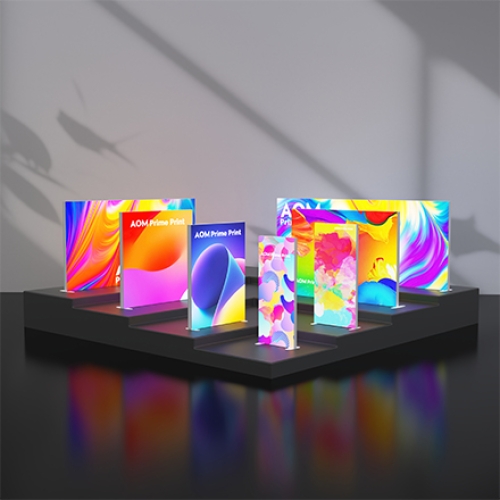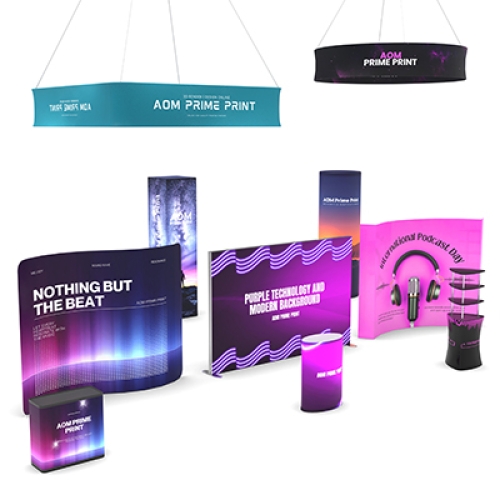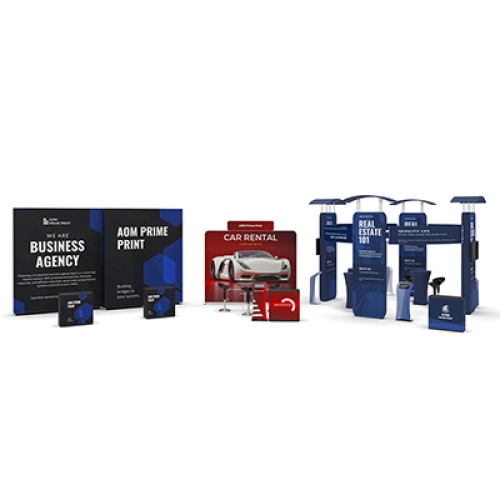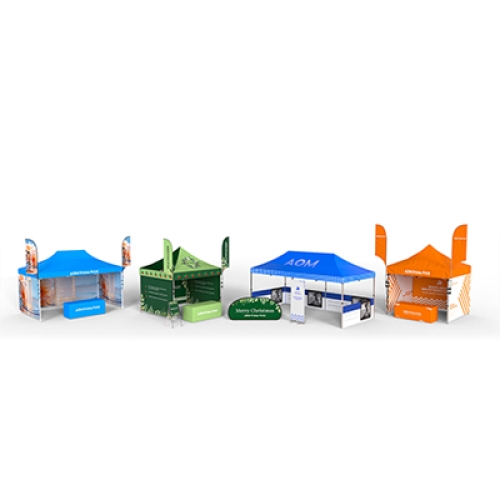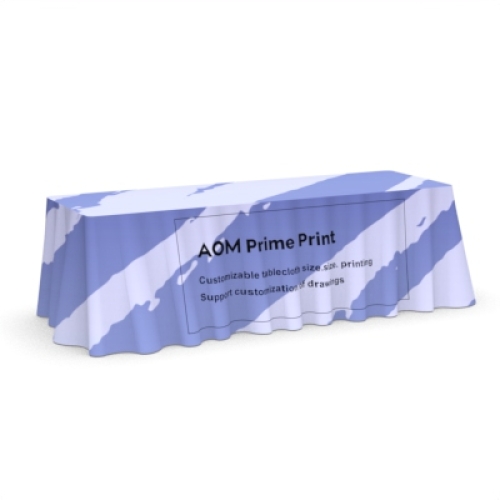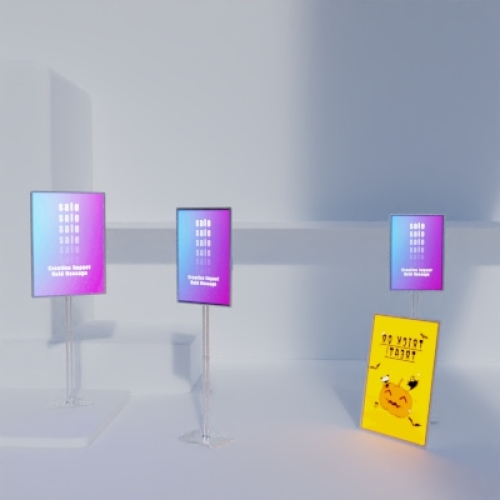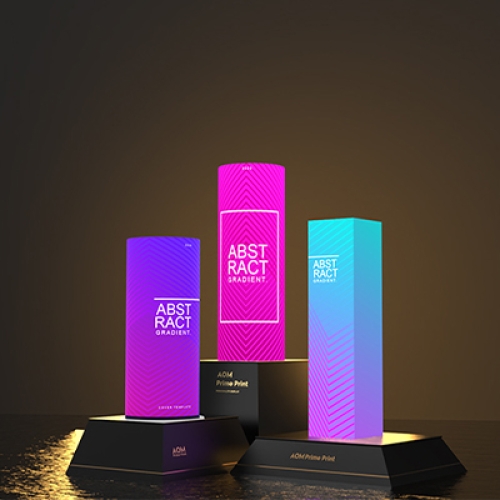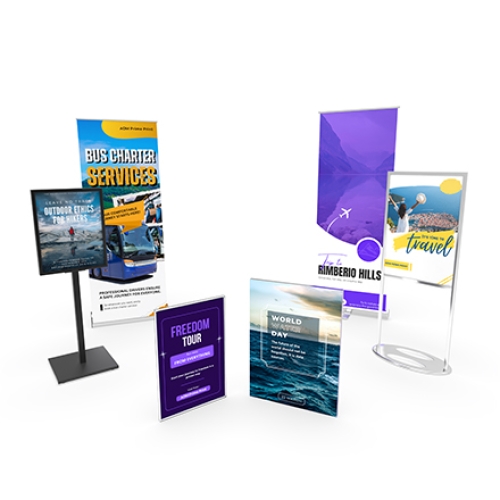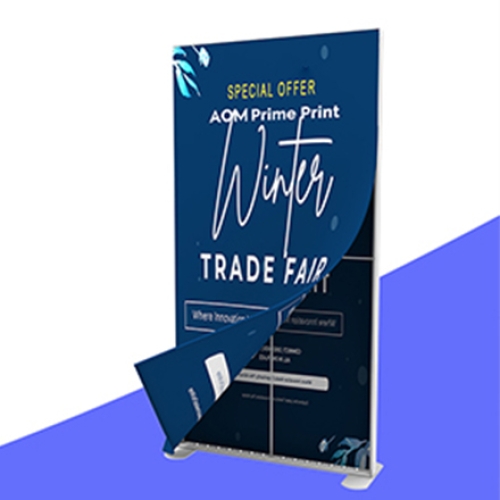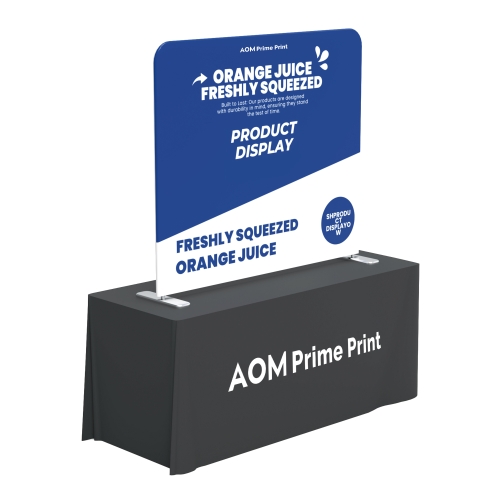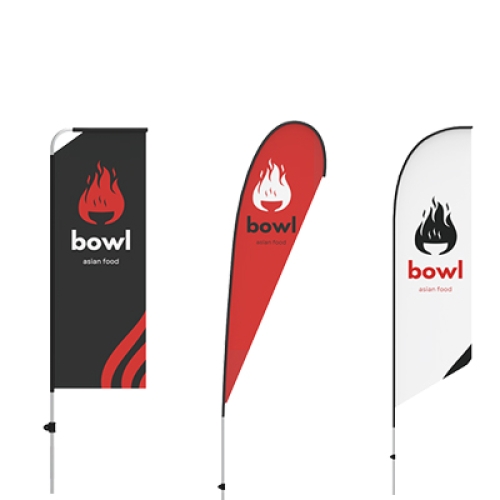Designing Trade Show Booths for Global Success: A Guide to Cultural Sensitivity and Effective Communication
January 1st 2025
In today's interconnected world, trade shows have evolved into global events where businesses from around the world converge to showcase their products, share knowledge, and foster new partnerships. When designing a trade show booth aimed at an international audience, it's vital to go beyond aesthetics and functionality. Understanding cultural differences, communication barriers, and logistical challenges can help create a booth that not only attracts attention but also builds lasting relationships with visitors from all corners of the globe.
Embracing Cultural Diversity in Booth Design
One of the first steps in designing an international trade show booth is recognizing that cultural differences influence the perception of design, colours, and branding. For example, while clean, minimalist designs are often favoured by Scandinavian visitors, audiences from parts of Asia may gravitate toward more intricate, vibrant displays. This preference goes beyond design aesthetics and can be influenced by different cultural values. For instance, Western audiences may appreciate innovation and simplicity, while Middle Eastern attendees may favour luxury and opulence.
A culturally sensitive booth design takes into account these regional preferences while also respecting local traditions. This can be as simple as adjusting the colours of your booth, the imagery you use, or the tone of your messaging. By working with local experts or conducting market research, you can tailor your booth to reflect the cultural and aesthetic preferences of your target audience. This approach not only helps avoid any cultural faux pas but also shows a commitment to inclusivity and global awareness.
Effective Communication: Breaking Down Language Barriers
Language is one of the biggest challenges when engaging with an international audience. When designing your booth, it’s essential to ensure that your messaging is clear and easily understood by all attendees. Avoid idioms, jargon, or colloquialisms that might confuse non-native speakers. Instead, opt for simple, concise language that communicates your core message effectively.
To enhance accessibility, consider incorporating multiple language options into your signage, brochures, and digital content. Offering translations of key materials in the languages spoken by your target audience shows that you value their presence and are invested in making their experience as seamless as possible.
Visual elements play a crucial role in bridging language gaps. High-quality, universally understood images, icons, and graphics can convey your message without the need for extensive text. However, be cautious with symbols and images—what is considered positive or neutral in one culture may have a completely different meaning in another. A comprehensive review of your visuals ensures they resonate with a diverse audience.
Creating an Inviting Atmosphere for Global Attendees
The layout of your trade show booth can significantly impact how international visitors feel when they approach. An inviting, open design encourages exploration and engagement, making your booth feel welcoming, especially in crowded environments where personal space is valued differently across cultures.
Consider providing comfortable seating areas with amenities like water stations, charging outlets, or refreshments. These practical touches can make a big difference, especially for attendees who have traveled long distances. A welcoming environment creates a positive atmosphere that encourages visitors to spend more time at your booth, increasing the chances of valuable interactions.
Incorporating interactive elements such as live demonstrations, hands-on experiences, or virtual product showcases can further engage a global audience. These experiences transcend language barriers and create lasting memories for visitors. The more interactive and memorable your booth, the more likely attendees are to return and engage further with your brand.
Localizing Products and Services for International Markets
Product localization is another crucial element to consider when designing a booth for a global audience. Tailoring your products or services to meet the unique needs and preferences of different regions not only enhances your booth’s relevance but also demonstrates your brand’s commitment to understanding and meeting the needs of international markets.
This doesn’t mean changing the core of your product; rather, it involves highlighting features or variations that cater specifically to local preferences. For instance, a product’s packaging or presentation might differ in size, colour, or language depending on the region. By showcasing these localized versions of your products, you show potential customers that your brand is adaptable and attuned to local market needs.
Designing with Colour and Imagery That Connects Across Cultures
Colours are powerful tools in branding and design, but they hold different meanings in various cultures. For example, while red is seen as a colour of luck and celebration in China, it may be associated with danger or warning in other parts of the world. Similarly, while white may signify purity in Western cultures, it can represent mourning in parts of Asia and the Middle East.
Choosing colours that are neutral or favourable in multiple cultures can prevent unintended negative associations. Additionally, ensuring that your visuals reflect diversity and inclusivity can have a positive impact, especially in multicultural markets. Using imagery that aligns with global values such as innovation, sustainability, or community can create an emotional connection with visitors, regardless of their background.
Leveraging Technology for Seamless Communication and Engagement
Technology is a game-changer when it comes to engaging international audiences at trade shows. Interactive touchscreens, virtual reality (VR) experiences, and augmented reality (AR) can offer dynamic product demonstrations that captivate visitors, regardless of language. These technologies create memorable, hands-on experiences that engage attendees on a deeper level, offering a unique advantage in a crowded trade show environment.
Incorporating social media elements into your booth is another effective way to engage a global audience. Encourage visitors to interact with your brand online using event-specific hashtags or by sharing their experiences through live social media feeds. This not only extends your reach beyond the trade show but also fosters a sense of global community among your audience.
Real-time translation devices or apps can further enhance communication, especially when language barriers are a concern. Staff equipped with translation tools can ensure smooth interactions with international visitors, creating a more personal and inclusive experience.
Addressing Practical Needs for International Attendees
Trade shows can be overwhelming, particularly for international visitors who may face jet lag, language challenges, and cultural differences. Addressing these practical needs shows that you are attentive to the well-being of your visitors.
Offering services like comfortable seating areas, water stations, or even small branded souvenirs can leave a lasting, positive impression. These gestures of hospitality are often remembered long after the event is over and can influence visitors’ perceptions of your brand.
Moreover, providing clear, multilingual schedules of presentations or product demos helps attendees navigate your booth and plan their time accordingly. Displaying these schedules prominently ensures that visitors can fully engage with your offerings without the stress of missing important events.
Navigating International Logistics for Seamless Booth Setup
Setting up a trade show booth abroad presents unique logistical challenges. From understanding customs regulations to coordinating shipping timelines and import duties, international transport requires careful planning. To mitigate risks, partner with a reliable logistics company that specializes in international trade shows and can help navigate these complexities.
When designing your booth, consider portability. Modular, lightweight components and collapsible structures can streamline the transportation process, making setup and teardown easier. Preparing for potential issues, such as lost shipments or damaged materials, by having backup graphics or assembling key materials locally can ensure your booth is ready on time.
Conclusion
Designing an international trade show booth is a multifaceted process that requires a careful balance of cultural sensitivity, effective communication, and logistical planning. By embracing cultural differences, prioritizing inclusive design, and utilizing technology to bridge language barriers, you can create a booth that resonates with global audiences and stands out in a competitive environment. A well-designed, welcoming booth not only attracts visitors but also fosters lasting relationships that can propel your brand to new international heights.
